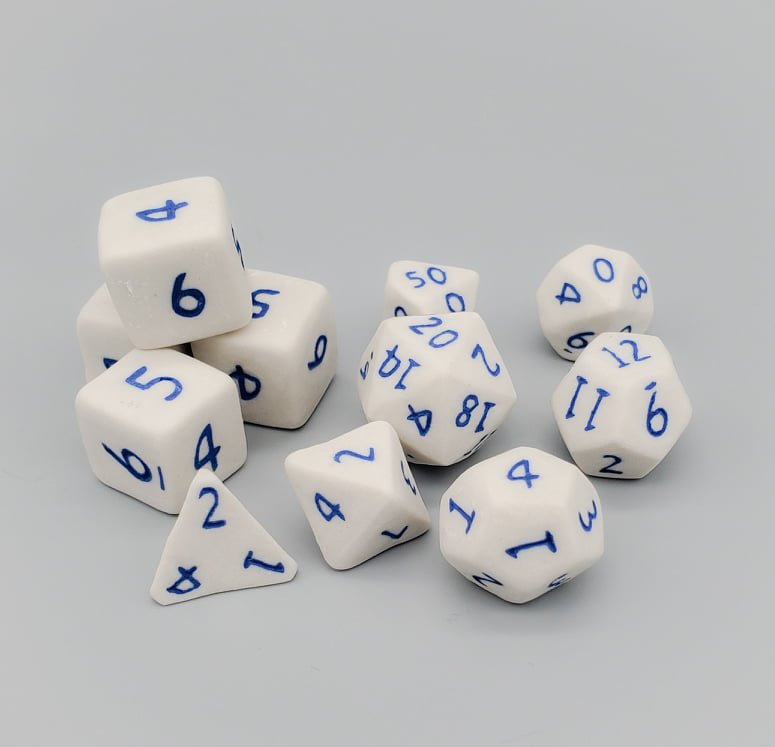Mastering the Art of Playing Evil Characters in DND
Playing an evil character in a Dungeons & Dragons (DND) campaign can be a thrilling experience that challenges your creativity and moral compass. Whether you’re a beginner or an advanced player, understanding how to balance your character’s malevolent nature with party dynamics is crucial.
Understanding Evil Characters
Evil characters are not just about chaos and destruction. They have depth, motives, and a unique perspective that adds complexity to the game. Here are some tips:
- Align with Your Party: Ensure that your character’s goals align with the party’s objectives to avoid unnecessary conflict.
- Create a Backstory: Develop a rich backstory that explains why your character turned to evil. This can provide motivation for your actions.
Warlock Backgrounds
Warlocks make for intriguing evil characters due to their pacts with otherworldly entities. Consider these backgrounds:
- The Fiend: A pact with a demon or devil offers power but demands dark deeds in return.
- The Great Old One: Communicate with ancient beings who offer knowledge beyond comprehension.
Tips for Beginners
If you’re new to playing evil characters, start small. Choose subtle ways to influence events rather than overtly villainous acts. This approach allows you to gauge the reactions of fellow players and adjust accordingly.
Advanced Strategies
For seasoned players, consider adopting complex schemes that require collaboration with other players’ characters without them realizing it immediately. Deception can be an art form within itself when playing an evil character.

